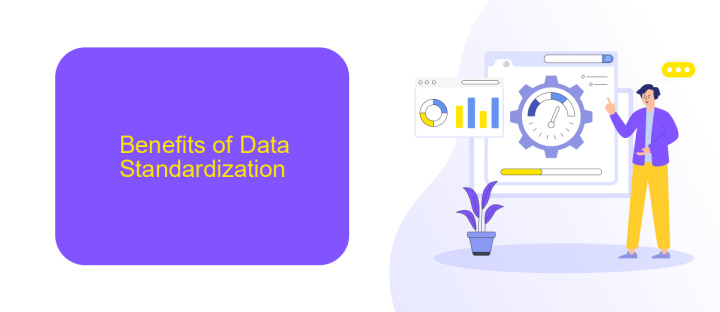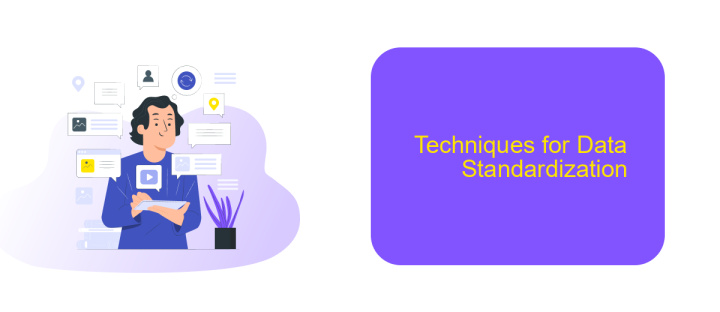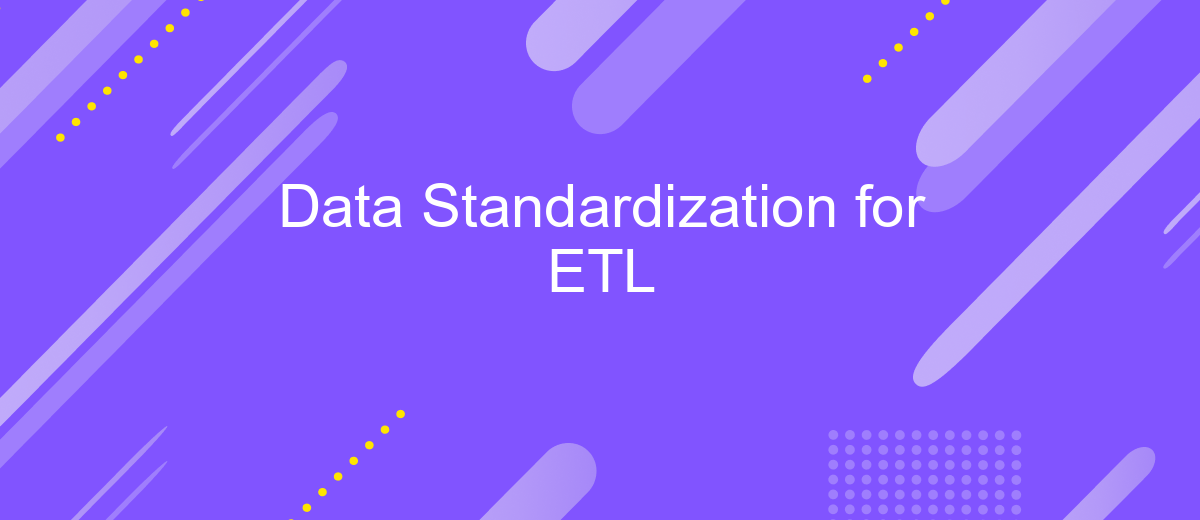Data Standardization for ETL
Data standardization is a crucial step in the ETL (Extract, Transform, Load) process, ensuring consistency and accuracy across diverse data sources. By converting data into a common format, organizations can streamline data integration, improve data quality, and facilitate more effective analysis. This article explores the importance of data standardization and offers practical strategies for implementing it in ETL workflows.
Introduction to Data Standardization
Data standardization is a crucial step in the ETL (Extract, Transform, Load) process, ensuring that data from diverse sources is transformed into a consistent format. This process enhances data quality, enabling more accurate analysis and decision-making. By standardizing data, organizations can streamline operations and improve data integration across various systems.
- Improves data quality and consistency
- Facilitates better data integration
- Enhances accuracy in data analysis
- Streamlines data processing workflows
Implementing data standardization can be simplified with the use of integration services such as ApiX-Drive. This platform automates the data transformation process, making it easier to maintain uniform data standards across different applications and databases. By leveraging such tools, businesses can ensure their data remains reliable and actionable.
Benefits of Data Standardization

Data standardization is crucial for ensuring consistency and accuracy across diverse data sources in ETL processes. By converting data into a common format, organizations can eliminate discrepancies and redundancies, making data analysis more reliable. This uniformity facilitates easier data integration, allowing seamless merging of datasets from different systems and improving the quality of business intelligence insights. Standardized data also enhances compliance with regulatory requirements, reducing the risk of errors and ensuring data integrity.
Moreover, data standardization significantly boosts operational efficiency by streamlining data workflows. Automated tools and services like ApiX-Drive can simplify the integration process, reducing the time and effort required to manage data from multiple sources. ApiX-Drive offers a user-friendly platform that connects various applications and services, enabling smooth data transfers and updates. This not only accelerates ETL processes but also minimizes the potential for human error, ensuring that data is consistently accurate and up-to-date.
Challenges in Data Standardization

Data standardization is a critical step in the ETL (Extract, Transform, Load) process, yet it presents several challenges that organizations must address to ensure data quality and consistency.
- Data Source Heterogeneity: Different data sources often have varying formats, structures, and quality levels, making it difficult to standardize data.
- Data Volume and Velocity: Handling large volumes of data in real-time or near-real-time requires robust infrastructure and efficient algorithms for standardization.
- Data Governance: Ensuring compliance with data governance policies and regulations can complicate the standardization process, requiring additional checks and balances.
- Integration Complexity: Integrating disparate systems and applications often involves complex transformations and mappings, which can be streamlined using tools like ApiX-Drive.
- Resource Constraints: Limited technical expertise and budget can hinder the implementation of effective data standardization strategies.
Addressing these challenges requires a combination of advanced tools, skilled personnel, and well-defined processes. Utilizing services like ApiX-Drive can simplify the integration and transformation tasks, making it easier to achieve consistent and high-quality data across various sources.
Techniques for Data Standardization

Data standardization is a crucial step in the ETL (Extract, Transform, Load) process, ensuring that data from various sources is consistent and comparable. This process involves converting data into a common format, which helps in improving data quality and making it easier to analyze.
There are several techniques for data standardization that organizations can employ. These techniques help in dealing with different data formats, units, and structures, thus enabling seamless integration and analysis.
- Data Mapping: Aligning data fields from different sources to a standardized schema.
- Data Transformation: Converting data into a common format or structure.
- Data Cleansing: Removing duplicates and correcting errors.
- Data Enrichment: Enhancing data by adding additional information from external sources.
Using integration services like ApiX-Drive can significantly streamline the data standardization process. ApiX-Drive offers automated workflows that can map, transform, and cleanse data from multiple sources, ensuring that your data is consistent and ready for analysis. This not only saves time but also reduces the risk of errors, making your ETL process more efficient.
Case Study: Implementing Data Standardization for ETL
In a recent project, our team faced significant challenges with inconsistent data formats from multiple sources, which hindered our ETL (Extract, Transform, Load) processes. To address these issues, we implemented a comprehensive data standardization strategy. This involved defining a unified data schema and utilizing automated tools to convert incoming data into this standardized format. As a result, the ETL process became more efficient, reducing data processing time by 30% and improving overall data quality.
One of the key tools that facilitated this transformation was ApiX-Drive, a powerful integration service that seamlessly connected various data sources. By leveraging ApiX-Drive, we were able to automate the data extraction and transformation processes, ensuring that all incoming data adhered to our predefined standards. This not only streamlined our workflows but also minimized the risk of errors, ultimately leading to more accurate and reliable data insights. The successful implementation of data standardization significantly enhanced our ETL efficiency and data integrity.
FAQ
What is data standardization in the context of ETL?
Why is data standardization important for ETL processes?
What are the common challenges in data standardization for ETL?
How can automation help in data standardization for ETL?
What are some best practices for data standardization in ETL?
Apix-Drive is a universal tool that will quickly streamline any workflow, freeing you from routine and possible financial losses. Try ApiX-Drive in action and see how useful it is for you personally. In the meantime, when you are setting up connections between systems, think about where you are investing your free time, because now you will have much more of it.

